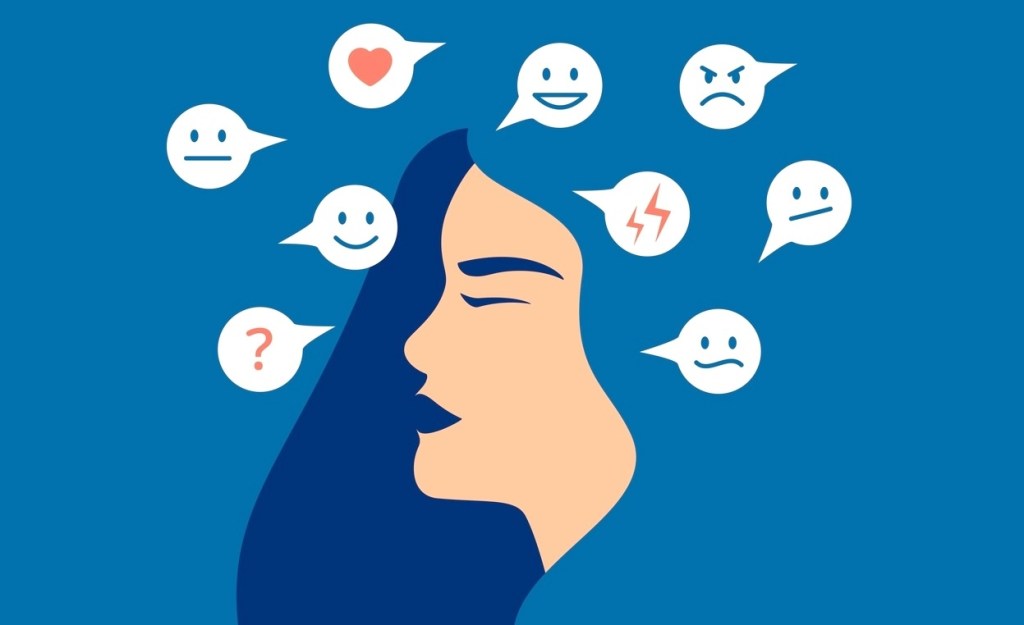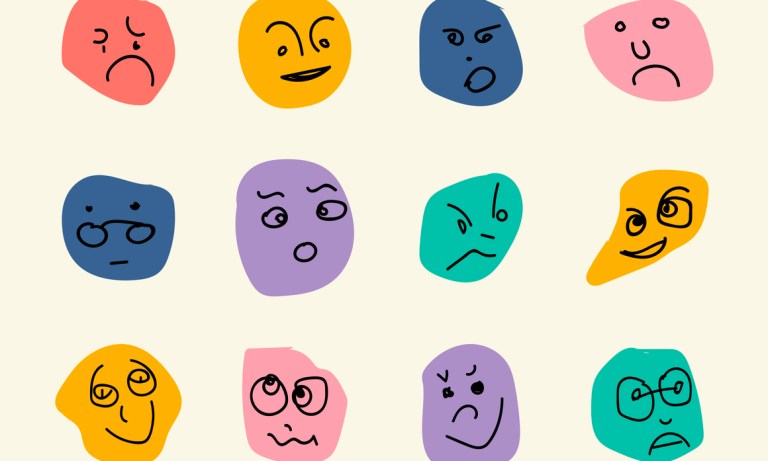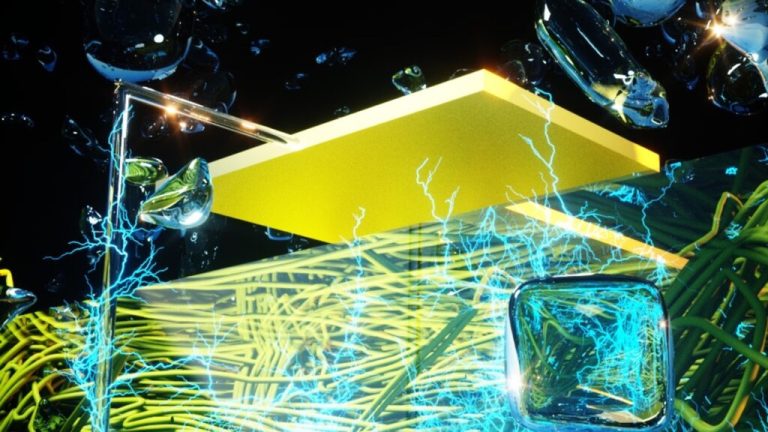Even in their most straightforward states, emotions are complicated. So it’s no surprise that experiencing multiple feelings at once is an even more complex state of affairs. A bittersweet goodbye party can bring about both pain and joy, for example, while a misbehaving yet adorable child can evoke both frustration and amusement.
A recent study from a team of neuroscientists at the University of Southern California is helping shed light on how these mixed emotions are processed in the brain, specifically evaluating whether they’re associated with a unique pattern of neural activity or if people merely “flip-flop” between two states.
“There’s a certain sophistication that’s required to sit with a mixed emotion and to allow yourself to feel positive and negative at the same time,” co-author Jonas Kaplan explained in a news release. “Looking into that more, exploring the benefits of being able to accept positiv[ity] and negativity at the same time within yourself, is something we think is worth study.”
For the research, published in the journal Cerebral Cortex, Kaplan and his colleagues had participants watch the animated short film One Small Step and monitored their brain activity via magnetic resonance imaging, or MRI, during the viewing.
The film, about a young girl whose father supports her dream of becoming an astronaut, was selected for its ability to conjure happy and sad feelings simultaneously. (We won’t spoil the rest of the plot for you, but we suggest having tissues handy.)
After subjects watched the film while being scanned, they were asked to watch it again outside of the MRI machine and identify the moments of the movie when they felt positive emotions, negative emotions, or a mixture.
“Not only did we find brain activity that was correlated with mixed emotions, but we found that it held steady over time,” lead author Anthony Vaccaro said. “You’re not ping-ponging between negative and positive. It’s a very unique, mixed emotion over a long period.”
RELATED: Where Does the Brain Feel Love? Study Evaluates 6 Types and Reveals Which Is Strongest
Writing about the research for The Conversation, Vaccaro elaborated on the exact locations of the neural activity he and his team observed. He noted that deeper regions of the brain, like the amygdala and the insular cortex, appear to process positive and negative emotions as being mutually exclusive — meaning unique patterns of activity were not seen in those areas when subjects experienced mixed emotions.
“But we did see unique, consistent patterns in cortical regions such as the anterior cingulate, which plays an important role in processing conflict and uncertainty, and the ventromedial prefrontal cortex, which is important for self-regulation and complex thinking,” Vaccaro explained.
This lines up with what is already known about brain and emotional development in children: Kids don’t start understanding or reporting mixed emotions until later in childhood, around the same time the development of the aforementioned regions leads to more advanced emotional regulation.
As for the implications of the study’s findings, and the future aims of his research, Vaccaro still has much to probe.
“Mixed emotions are so interesting, in part, because of their potential role during important life events. Sometimes, mixed emotions help you cope with big changes and turn into cherished memories,” he wrote, adding: “Other times, mixed emotions are an ongoing source of distress.”
“‘What leads to this difference in outcome?’” he questioned. “‘Might these differences have to do with how the brain represents these mixed emotional states over time?’ A better understanding of mixed emotions might help people make sure these kinds of strong feelings become cherished memories that help them grow, instead of a distressing goodbye they fail to get over.”
RELATED: I Meditated Every Day for 8 Weeks — Here’s How It Went











